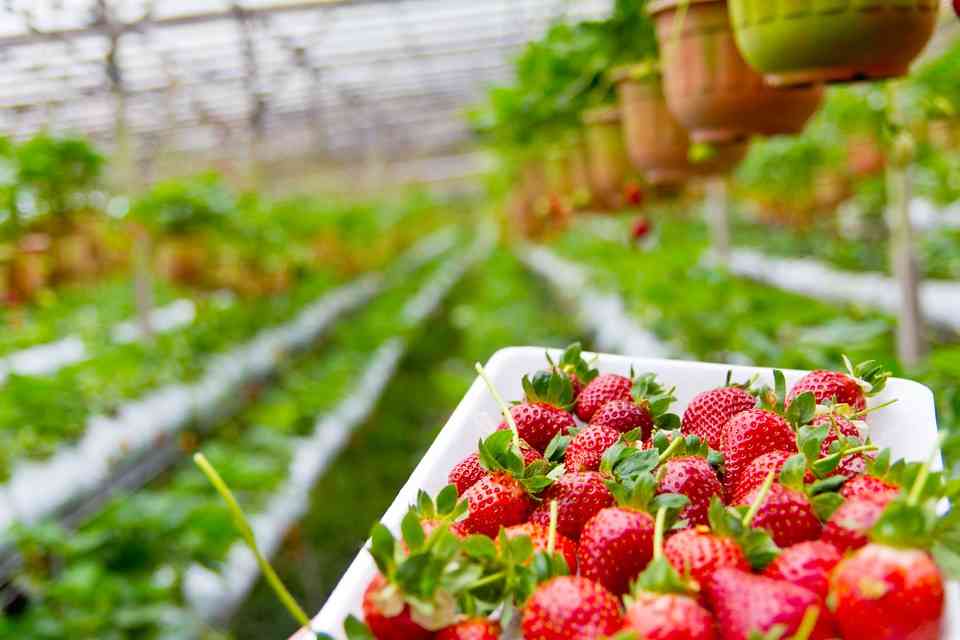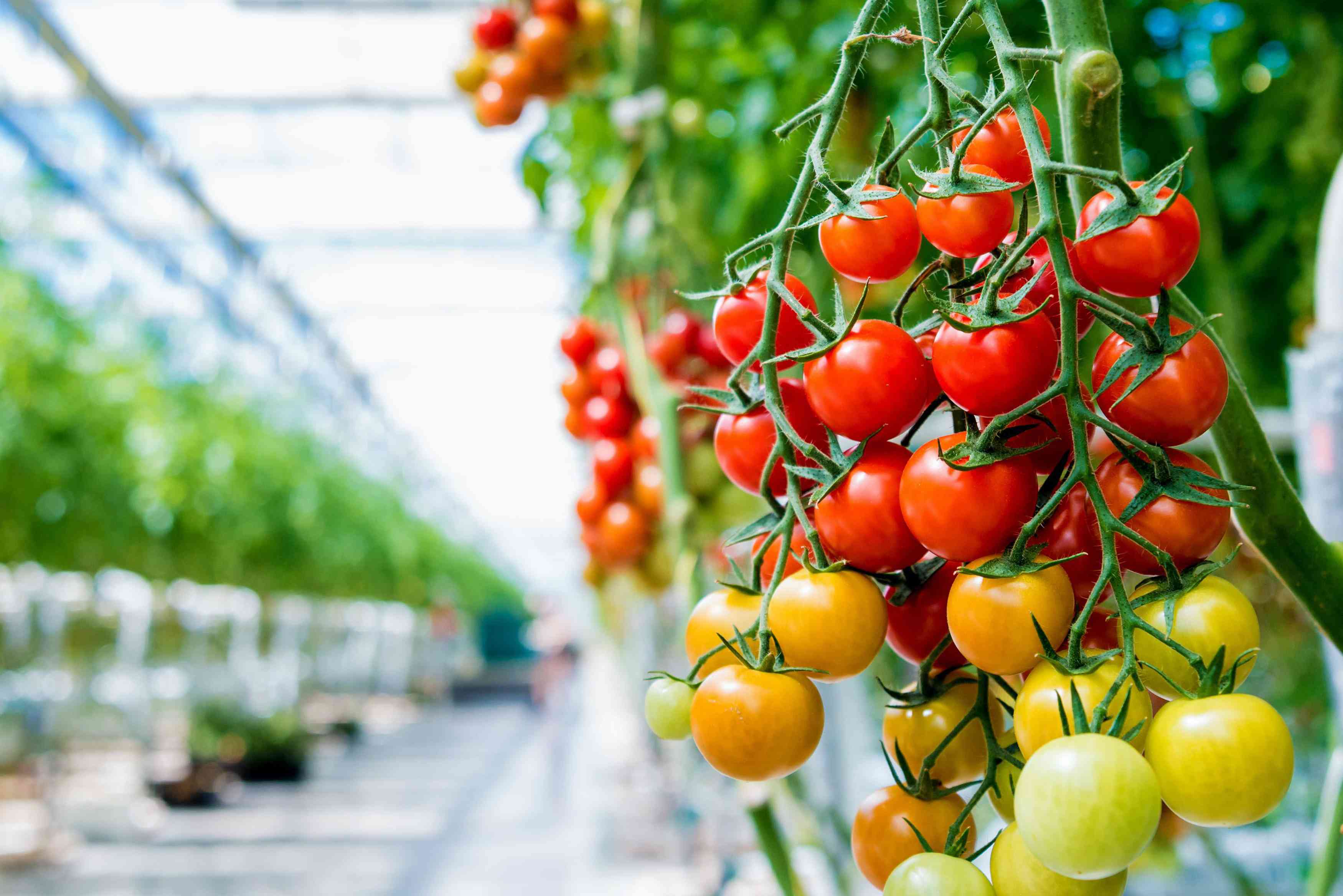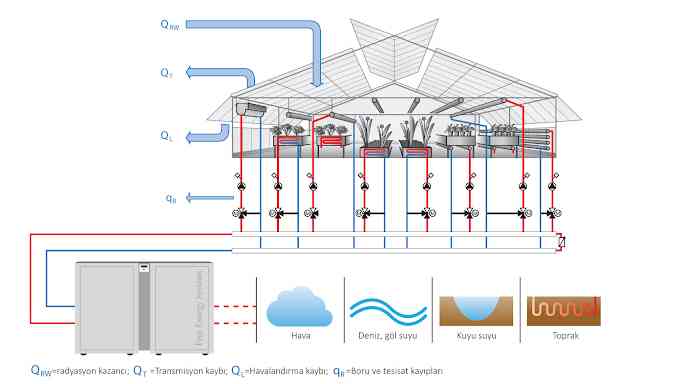Automation Systems in Greenhouse

02 April 2024 Tuesday
Automation Systems in Greenhouse
GREENHOUSE AUTOMATION SYSTEMS
VENTILATION
Greenhouse ventilation is an important process to ensure the good development of plants and should be done regardless of the season. We can explain the reasons for greenhouse ventilation as follows; Ventilation is done to bring the greenhouse and the high temperature that may occur inside it to the desired level without excessive sun exposure. In this way, plant growth is prevented from slowing down due to heat. The CO2 (carbon dioxide) that plants need for their growth and development is taken into the greenhouse through ventilation. Balancing the relative humidity in the greenhouse is achieved by ventilation. Excessive humidity in the greenhouse may cause the plant to get sick, and it also prevents the plants from sweating. A plant that does not transpirate cannot obtain water and nutrients from the soil it feeds on. This prevents the plant from growing. In the greenhouse model created, the relative humidity inside the greenhouse was kept at E RH. If the humidity inside the greenhouse is high, ventilation will be done.
HEATING
Heating systems are needed in greenhouses, especially during the winter months. The temperature inside the greenhouse is one of the determining factors in the development and disease of plants. The temperature in the greenhouse must be between certain values. In winter, this is only achieved by using heating systems. The temperature of the environment where the plants to be grown are located should not fall below 15°C and should not exceed 30°C. Otherwise, the development of the plant will slow down. The ambient temperature will be measured with the help of the temperature sensor inside the created greenhouse model. If the ambient temperature drops below 15°C, the shading rail and infrared heater are activated. When the ambient temperature rises above 30°C, the ventilation fan operates and the shading rail closes. Thus, the inside of the greenhouse is cooled. This is of great importance in protecting plants at high temperatures, especially in summer.
SHADING
Light and temperature are the factors that most affect plant development and product productivity. This being the case, it is necessary to keep the light and temperature in the greenhouse under control. Especially in the summer months, plant leaves burn as a result of vertical sunlight at noon. This causes the development of the plant to decrease and the product quality to decrease. We can say the same thing for the temperature value inside the greenhouse. During the summer months, especially in the Mediterranean and Aegean regions, the temperature inside the greenhouse is between 35 - 50°C. It is a harmful interval for the development of the plant. Likewise, in the cold winter months, especially at night, the temperature value for the greenhouse is between 0 - 10 ° C, which negatively affects plant development and causes a decrease in the number of flowers, i.e. products. In order to eliminate all these problems, in our greenhouse model, the shading rail, which is also used as a heat curtain that reflects approximately 50% of the excess light coming into the greenhouse, moves and the excess light is blocked. When the temperature inside the greenhouse drops below 10°C, the heat curtain, that is, the shading rail, closes. Since it reduces the volume of the plant in the greenhouse and facilitates heating, it saves energy and the temperature value can rise to higher levels. If the temperature exceeds 35°C, the shading rail closes to reduce the temperature inside the greenhouse. As a result, the aim is; It prevents the temperature value from falling below the desired value during hot summer months.









What are you waiting for a profitable investment?
Call Us Now!
444 2 548